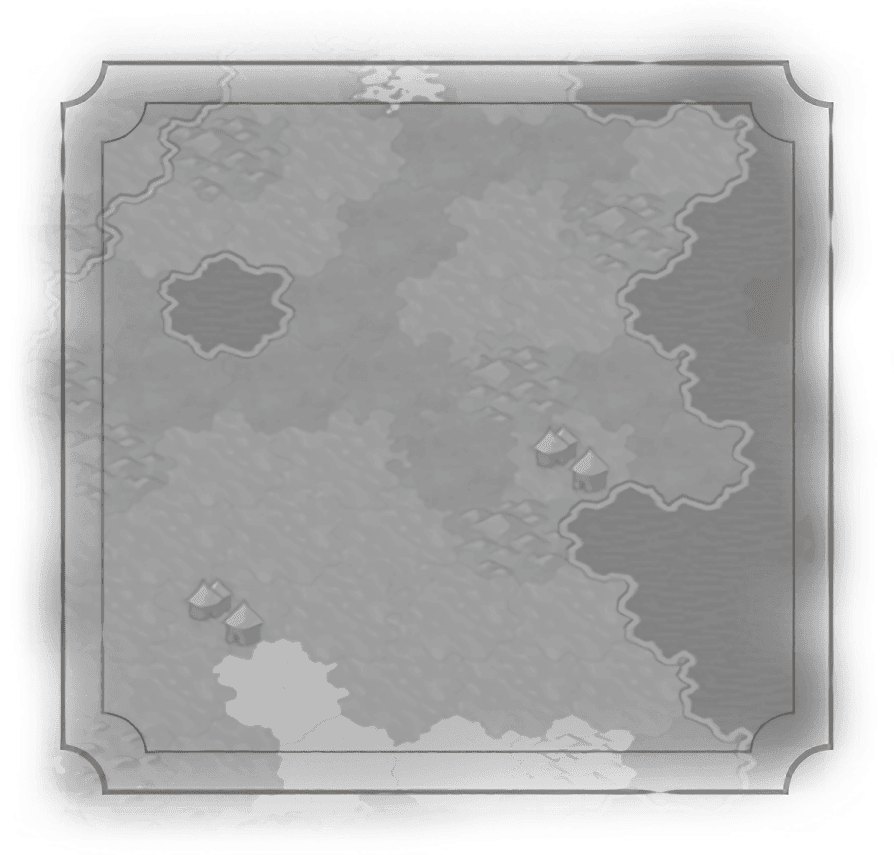Air Combat
Civilian
Land Combat
Archer
Artillery
AT Crew
Barbarian Horse Archer
Barbarian Horseman
Berserker
Black Army
Bombard
Carolean
Catapult
Cavalry
Conquistador
Cossack
Courser
Crossbowman
Crouching Tiger
Cuirassier
Digger
Domrey
Eagle Warrior
Field Cannon
Gaesatae
Garde Impériale
Giant Death Robot
Heavy Chariot
Helicopter
Hetairoi
Highlander
Hoplite
Horseman
Hul'che
Huszár
Hwacha
Hypaspist
Immortal
Impi
Infantry
Janissary
Keshig
Khevsur
Knight
Legion
Line Infantry
Llanero
Machine Gun
Malón Raider
Mamluk
Man-At-Arms
Mandekalu Cavalry
Maryannu Chariot Archer
Mechanized Infantry
Modern Armor
Modern AT
Mountie
Musketman
Ngao Mbeba
Nihang
Okihtcitaw
Oromo Cavalry
Pike and Shot
Pikeman
Pítati Archer
Questing Knight
Ranger
Redcoat
Rocket Artillery
Rough Rider
Sabum Kibittum
Saka Horse Archer
Samurai
Scout
Skirmisher
Slinger
Spearman
Spec Ops
Swordsman
Tagma
Tank
Toa
Trebuchet
Vampire
Varu
Voi Chiến
Warak’aq
War-Cart
Warrior
Warrior Monk
Winged Hussar
Zombie
Naval Combat
Support
Heroes



Traits
Requirements
 Production
Production Gold
Gold Gold
Gold
Traits
Requirements
 Production
Production Gold
Gold Gold
Gold


